Independent Collectors
Haus N Collection & ROCCA Stiftung
Two collections joined forces to create a unique cultural experience in an abandoned car dealership in Kiel, Germany.

What happens when two collections of contemporary art are put together in one room? Joëlle and Eric Romba of the ROCCA Foundation and Peter and Gunda Niemann of the Sammlung Haus N joined forces to create a unique cultural experience in an abandoned car dealership in Kiel, Germany. In an exclusive to IC, the four collectors share their stories about setting up the exhibition and thoughts about the responsibilities they share as art collectors.
Joëlle and Eric Romba of the ROCCA Foundation and Peter and Gunda Niemann of the Sammlung Haus N joined forces to create a unique cultural experience in an abandoned car dealership in Kiel, Germany. In an exclusive to IC, the four collectors share their stories about setting up the exhibition and thoughts about the responsibilities they share as art collectors.
IC
How did you get into collecting and what do you enjoy most about it?
PETER NIEMANN
I bought my first picture at the age of 16 – a print with geometric forms. I’ve lost it. Why did I buy it? It was more than just me decorating my teenage room. I had a school friend at the time who was close with some artists from Kiel’s Art Academy and I wanted to be part of it but I was too young. I guess I bought my first artwork for the same reasons I buy art nowadays: being curious and exploring unknown territories.
JOËLLE ROMBA
We bought our first work of art together around 15 years ago. We visited the owner of a gallery I used to work for and were thrilled by the artists work in the show and bought a painting by Julien Michel. We had no money in our pockets but a lot of enthusiasm.
IC
How did you meet?
PN
A dear friend introduced Joëlle to me as a person who might be able to sell some of the art we had grown out of.
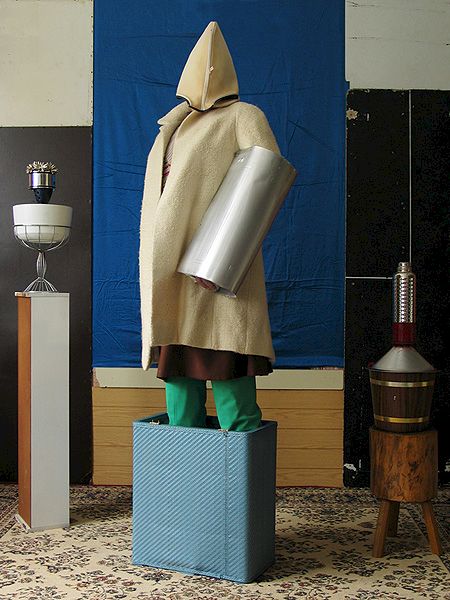
IC
The Sammlung Haus N is based in Kiel and the ROCCA Stiftung in Dresden and Berlin. What made you decide to do an exhibition together?
GUNDA NIEMANN
It all started with Joëlle’s proposal to do something together – what ever that may be! We thought about doing something in Dresden where Joëlle and Eric are well connected. Soon after that we came across an empty car dealership and instantly we knew that we had to act right away.
ERIC ROMBA
Indeed our motto was something along the lines of “Don´t talk, just do it”. Ever since we met Peter and Gunda we always wanted to realize an exhibition together and soon realized that it was something they were very interested in, too. We wanted to become “partners in art”.
IC
What was the work process for setting up the exhibition? Did you pick works collaboratively or did you each choose what to contribute?
PN
We agreed on a concept we had already talked about: “Applause, Applause“. Every party selected works from their collection. We met, we talked on the phone. It was easy. We had more material than we needed. Since we are living in Kiel we took care of the organizational part. It was fun working on the exhibition– it was no real effort but instead a process of discovering new territory. We installed two works we had never really seen before plus the works from the ROCCA Collection. We decided to mix everything – Joëlle and Eric gave us a free hand.
JR
We wanted to give Peter and Gunda a carte blanche in terms of curating the exhibition. We sent them our works and they set up the installation. We did not know what to expect. When we came to have a look at the exhibition we were amazed to see how they managed to install all works in a very thoughtful and balanced way. It almost seemed as if the works were all meant to be in this very exhibition. Especially the work by Wu Tsang and the video pieces by Ragnar Kjartansson and The National created a special atmosphere for “Applause, Applause” which was noticeable to all visitors. Since you would not expect to see an exhibition like this in an abandoned location in Kiel, the experience of it was absolutely overwhelming.
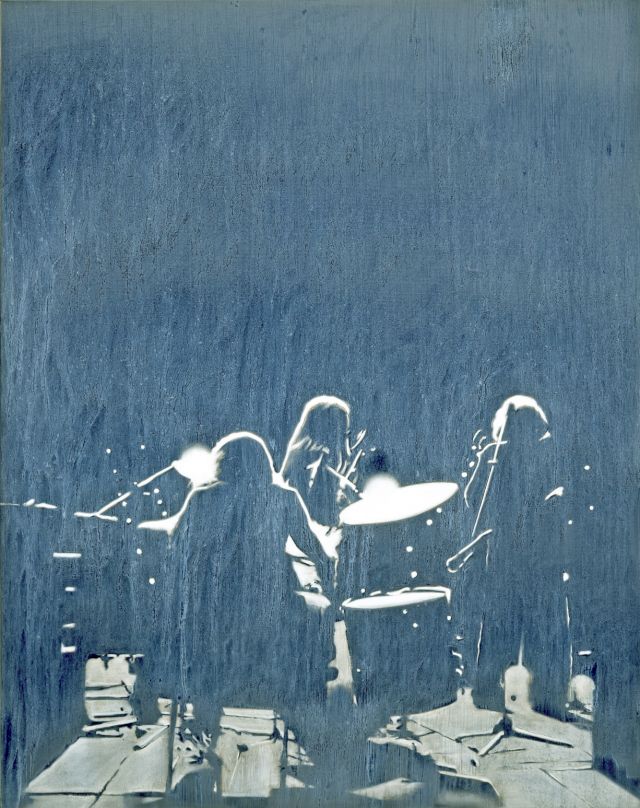
IC
In what ways do the two collections differ from each other? Are there any themes or issues on which your collections specialize respectively?
ER
Both collections are dedicated to Contemporary art. The ROCCA Collection follows five themes that we call Contemporary Op Art, architecture in art, photorealistic art, the search of identity in photography and contemporary artists and their art historical antitypes.
IC
How does each collection benefit from the dialogue you initiated?
GN
Is it really a question of benefitting from each other? It was more a trial through which something new was created. Together we founded „Mittlere Zusammenarbeit – Mid Size Cooperation“ – a concept suggesting how mid-size collections can work together and create an exhibition, a reading, a party, a book, whatever really. Ideally these events are hosted in a city that, due to its size, has a limited cultural program such as Kiel.
JR
We always thought of it as an experiment, a chemical reaction almost. You put two substances together without knowing what will happen, how the reaction or the outcome will be.
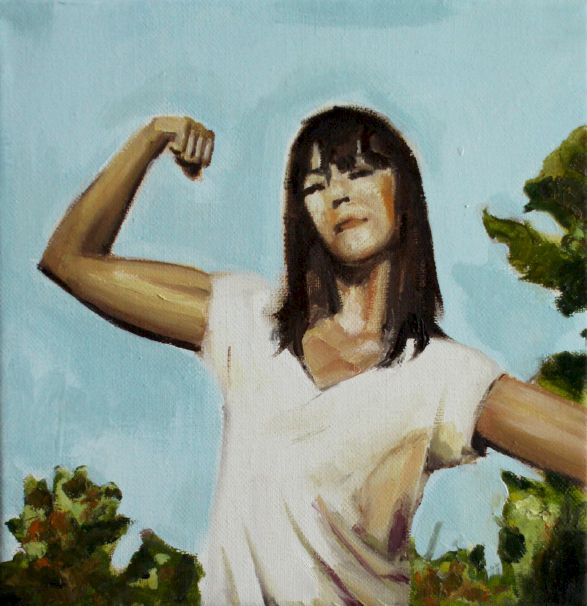
IC
The exhibition is housed in an empty car dealership. What made you choose this location and what were the obstacles you needed to overcome?
PN
Everything was fairly easy. With Joëlle’s ideas in the back of our heads we walked the streets of Kiel not looking for anything in particular. By coincident we passed an empty car dealership of which we know the owner – an art lover himself. The only obstacle was that we had to be quick because the space was up for sale. Luckily we acted quickly enough: by now the property has been sold and the car dealership will be removed.
IC
The show is entitled “Applause, Applause”. How did you come up with that title?
ER: Peter came up with this idea. We instantly loved it and came up with ideas that would make a great contribution. I think it has not been a brainchild for that long. It came to him in a very spontaneous manner so he wrote it down. We discussed it and went ahead.
IC
Your exhibition shows how collectors become curators. What is the role of the collector in the world of today’s contemporary art?
GN
As a collector you have to be careful to refrain from collecting art to become in some ways famous for collecting yourself. You need to collect for yourself, not for the “Applause” of other people. On the other hand you can show what you have and let people see the art from your collection, especially in regions where contemporary art is difficult to come by. One of the visitors told me at the opening that the exhibition has the same quality as bigger exhibitions he’s seen in Berlin without seeming too forced, as some cultural venues in Berlin tend to be. As a collector you are not a curator but rather a composer of things. The composing part is also something we do at home when we install the works.
JR
I agree. Composer is the right term for describing our role in this exhibition. We love art and do not think about the works as “ours”. We are interested in sharing them with as many people as possible. Art is a somewhat public domain and has to be exhibited. Thus it is a collector’s responsibility to show it and not to hide it. It is for this reason we are driven to create exhibitions.
IC
Where do you see the future of your collections headed?
PN
The more you see and learn the more difficult it gets to see something utterly surprising. During this year’s Berlin Gallery Weekend we found Claudia Compte’s work at Gallery König to be something new and astonishing. We use collecting art as a medium to stay in touch with the value system of the next generation. We’d rather understand them and be friends instead of becoming cynical and alone when we celebrate our 90th birthdays. Collect on!
ER
We assume – and fear – that we will buy more art. Turns out once you started collecting you cannot stop. At least this is true for us. It is an obsession. Our collection is constantly growing and in the process of changing. We secretly hope that our children will one day be equally enthusiastic about art and will want to look after our collection and foundation in the future.
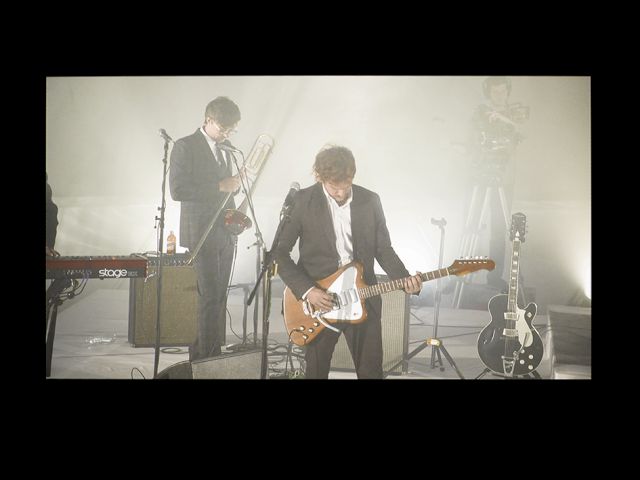
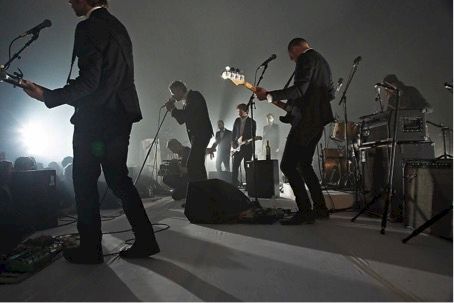
The Haus N Collection and the ROCCA Stiftung are both featured in the BMW ART GUIDE by INDEPENDENT COLLECTORS.